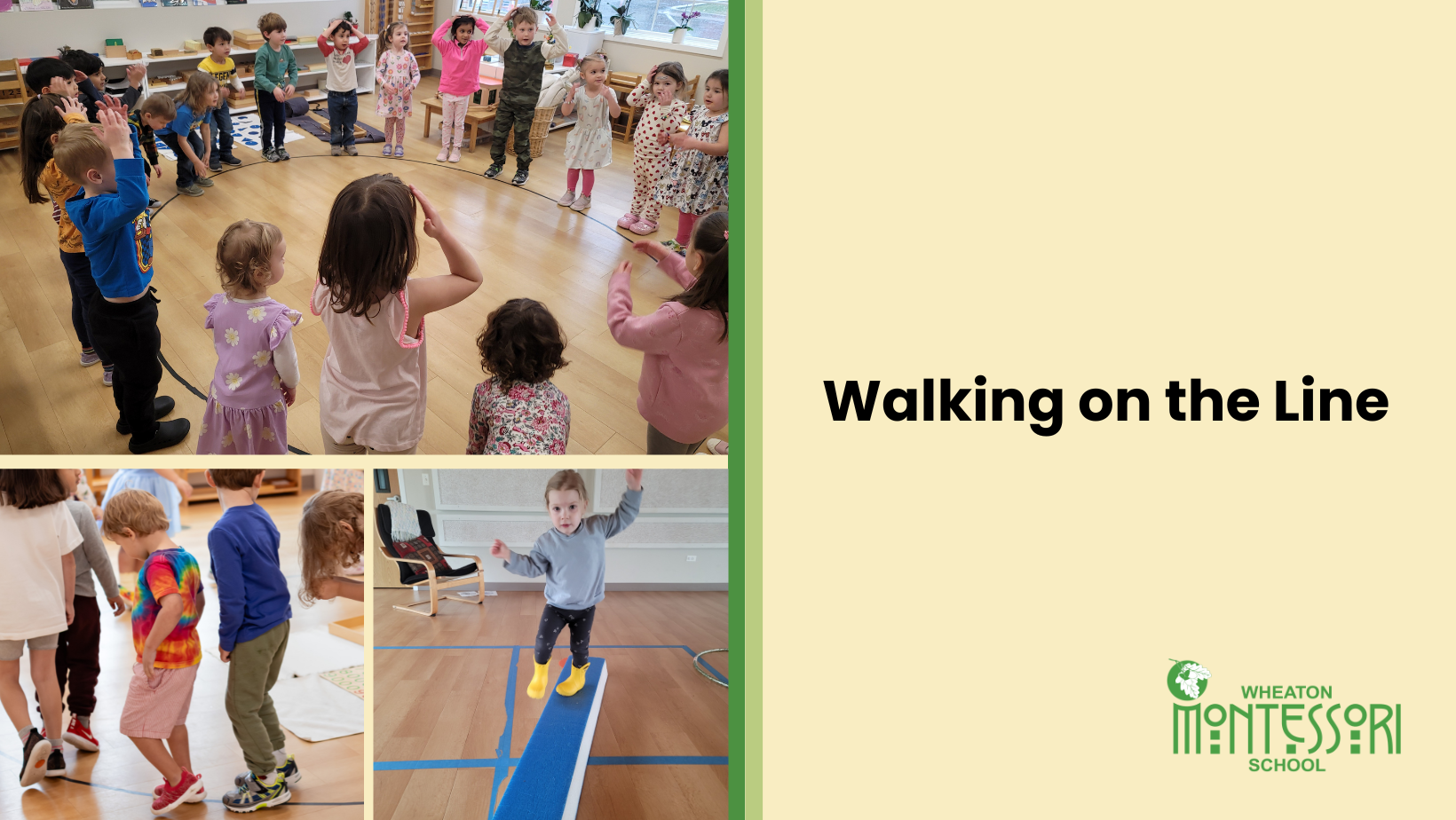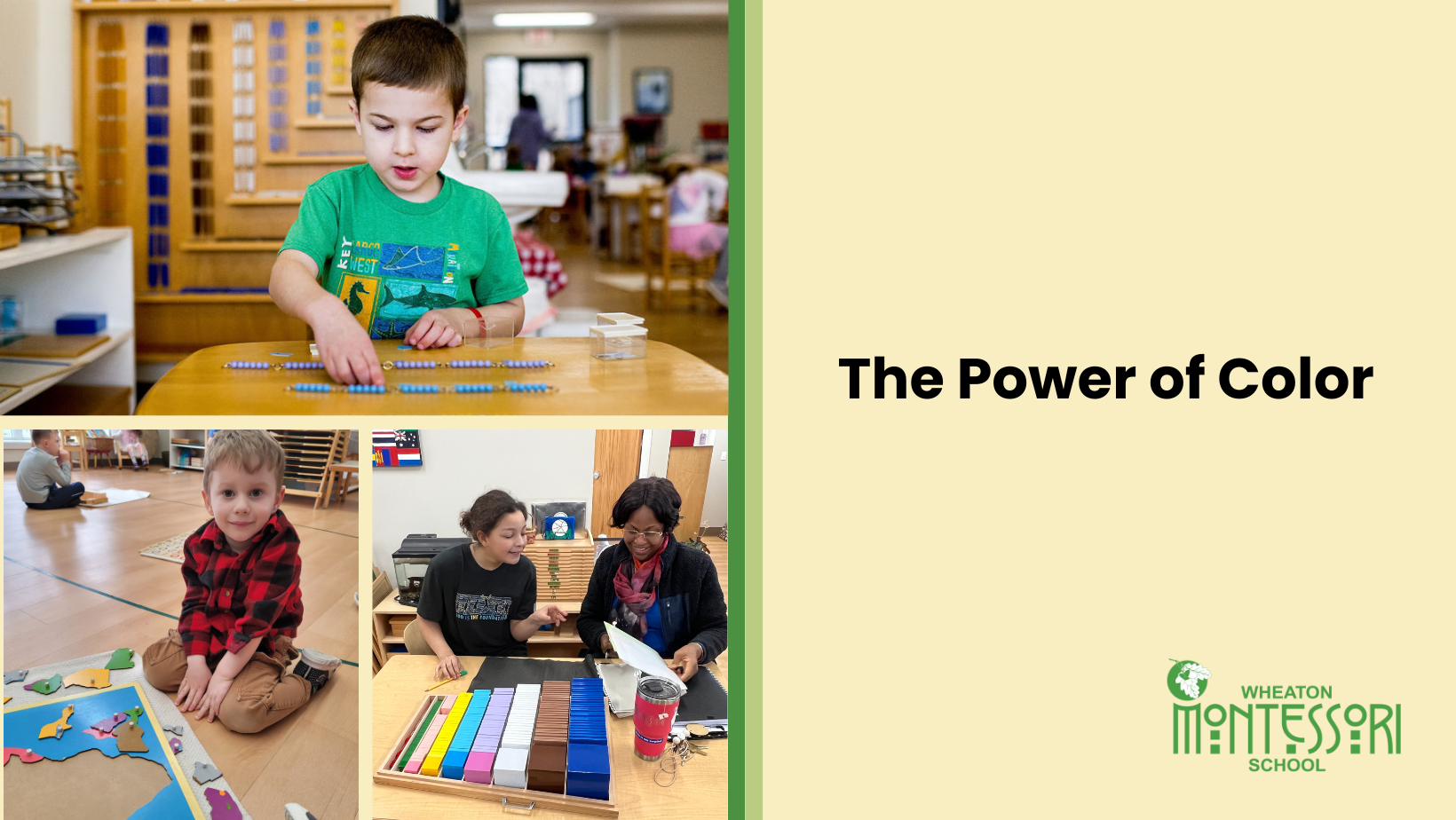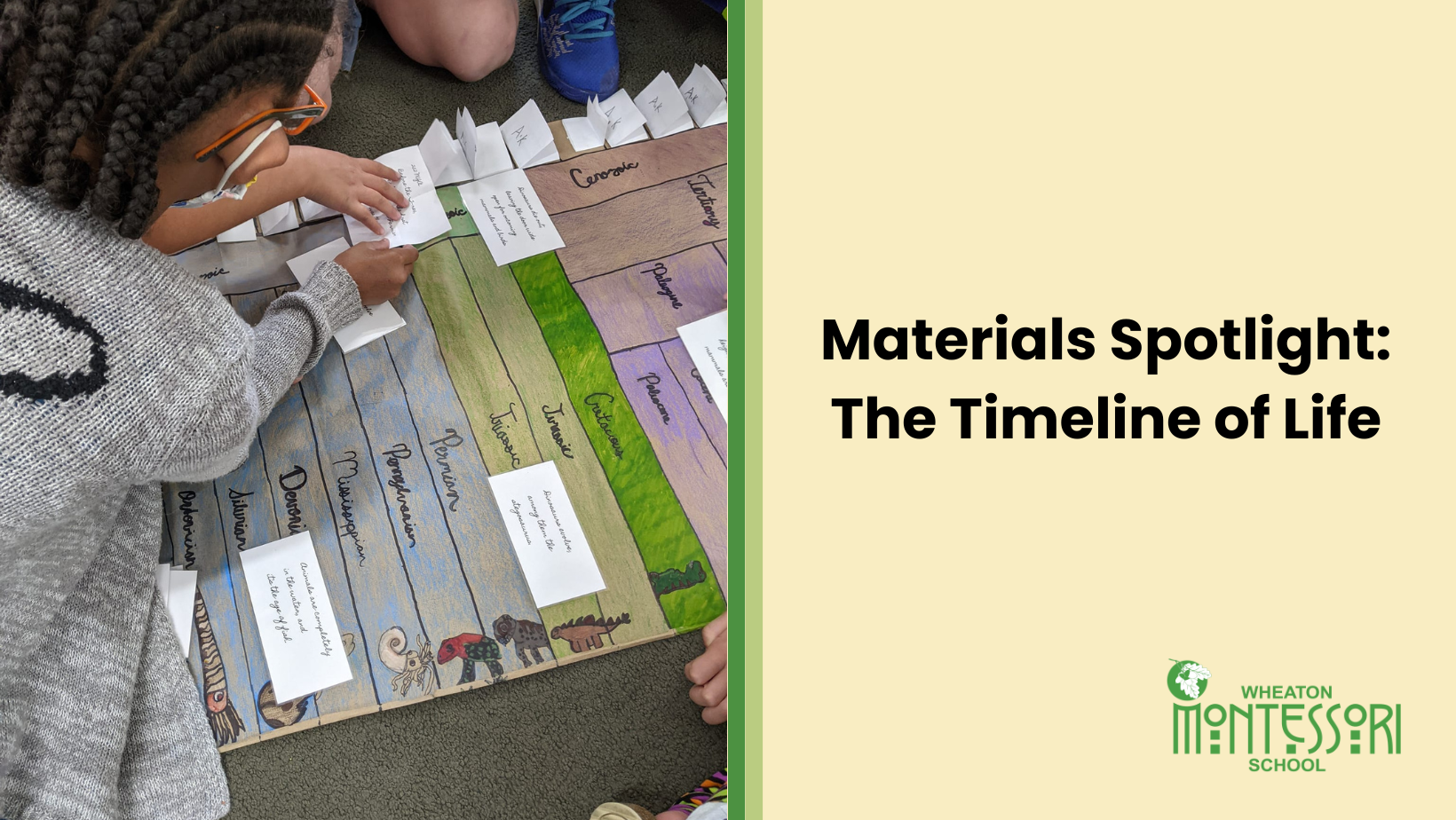
Our young children are developing their body control, concentration, and equilibrium. So, at Wheaton Montessori School, we intentionally provide opportunities for them to practice these skills.
Dr. Maria Montessori was especially curious about helping children acquire equilibrium. She developed the “walking on the line” exercises after observing children's interest and delight in walking on curbs or along any line they could find. I bet you’ve seen this with your child too!
What is Walking on the Line?
We first start by creating a designated place for children to practice the balance, control, and focus needed to walk along a line. The “line” is in the shape of an ellipse in the classroom. The line is an enduring, electrical taped ellipse.
Walking on the line is a favorite activity and although it is mostly found in primary classrooms, elementary children also enjoy walking on the line challenges, too!
Preliminary Activities
The first activity on the line is simply walking on it with natural steps. That being said, we start with preliminary exercises to help children master small components to ensure success when multiple children are involved.
The first stage is learning how to come to the line. We introduce a signal (e.g. one drumbeat or special music) and show children how to put their toes on the line. Children learn how to make space so they can spread out on the line without touching their neighbors and learn how to turn to face the same direction. We often need to assist so children learn how facing the same way means looking at the back of their neighbor’s head (rather than at another student’s eyes).
Walking to a Beat
With these foundations in place, Wheaton Montessori School teachers introduce walking to a beat. Children know how to come to the line, space themselves out, and turn to face the same direction. Now they try to walk on the line with each step corresponding to the beat of the drum. When the beat stops, they stop. This is quite a challenge for our little ones, but also great fun.
As always, we make a game of the experience. We may offer little suggestions, or points of interest, to aid in their success. If we notice little feet moving off the line, we can suggest that children “follow the line” if. Or we may challenge them with different kinds of instructions: walk with your whole body, hold your chin up, relax your arms, or keep your body very still.
We also try to model a natural heartbeat rhythm for the children to walk to. When the beat stops, we teach the children to stop and turn to face the inside of the ellipse.
Walking with Changing Rhythms
When children are walking consistently to a beat, we let the children know we may change the beat and they can change their steps to follow the beat. We start with the natural beat, then introduce different modulations, from speeding up, coming back to a natural rhythm, slowing down, to coming back to the original beat. We always end with the natural rhythm, for it brings children back to a place of calm.
Equilibrium Exercises
With equilibrium exercises, we introduce challenges such as walking on the line heel to toe or carrying objects such as beads on a string, a container of water, an object on a tray, or a sphere on a spoon. Sometimes children try to walk carrying a bean bag on their head without the bean bag falling as they walk. As an added challenge, children can try turning their heads to the right and left.
We also introduce ways for children to adjust to a changed center of balance. In a “follow the leader” method, we start by walking with hands at our side, but then change and move them in the air, or on hips, or even hands-on shoulders. While these adjustments may seem simple for adults, continuing to walk heel to toe while making these movements can take a lot of concentration and balance for our young ones!
Rhythm Exercises
We may use the bells, or prerecorded music for children to walk on the line when they hear the music and stop when the music stops. We eventually introduce different types of music that inspire different types of movement, from walking to marching to galloping or skipping.
Alternating between the types of music helps children become attuned to how their movements change according to what they hear. We always end with a slow, sedate walk on the line to bring everyone’s heart rate and energy level down.
Movement as Expression
With all of the walking on the line activities, children begin to become more aware of what they can do with their bodies and as a result, develop more conscious control of their movement. Ultimately movement is an essential component of human expression.
To see more about how these kinds of movement activities help children’s development, current families are invited to schedule a classroom observation by using the green buttons below.
We are enrolling children who will be between 2.5 and 4 for summer and fall 2024 start dates. Prospective families are invited to schedule a school tour by clicking on this link for a green tour button or the green Schedule a Tour button on the upper right-hand corner of this page.


